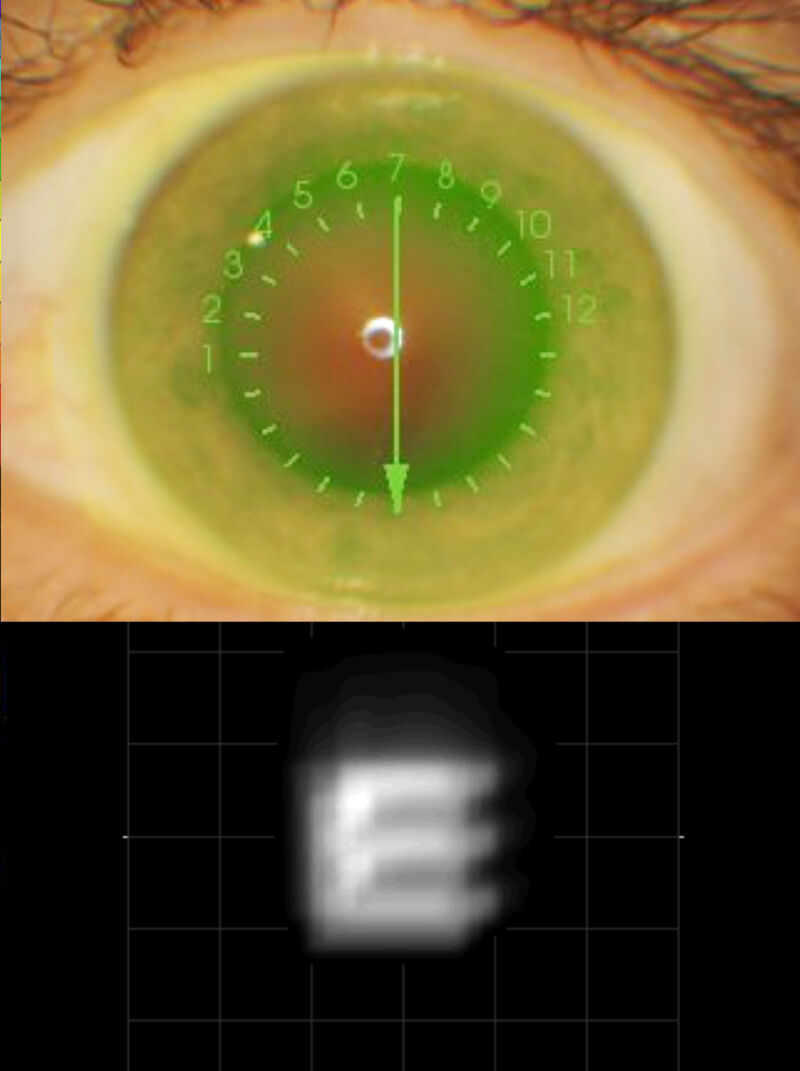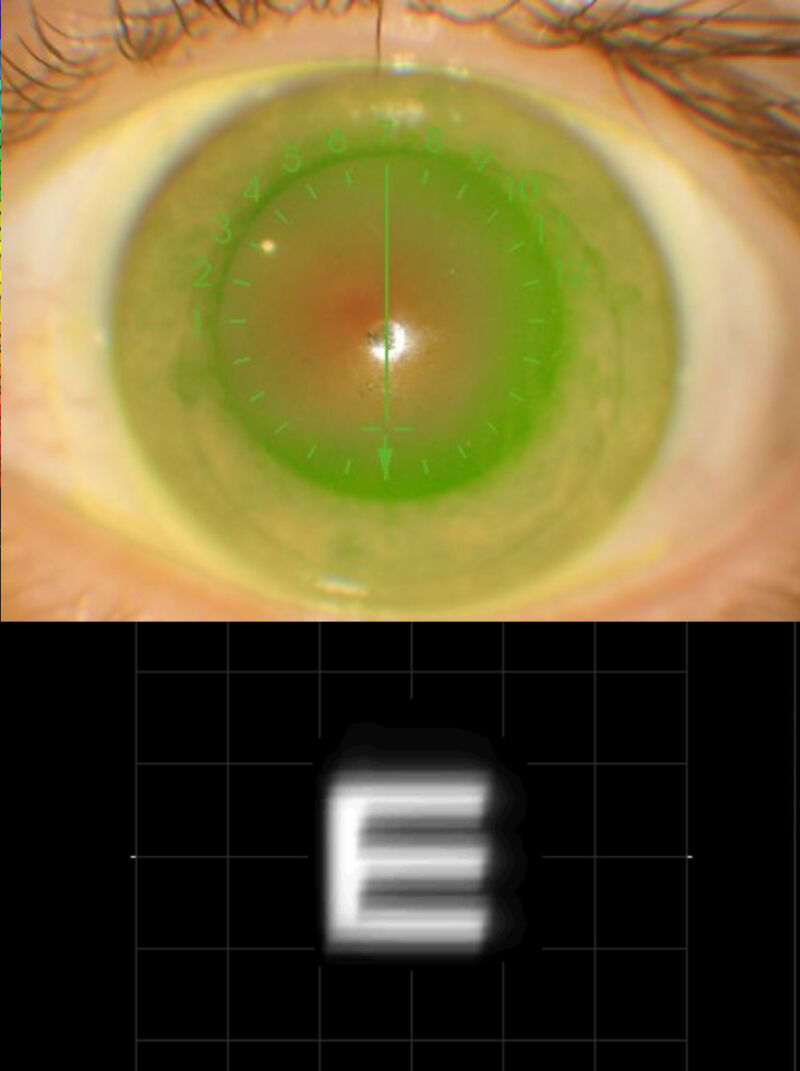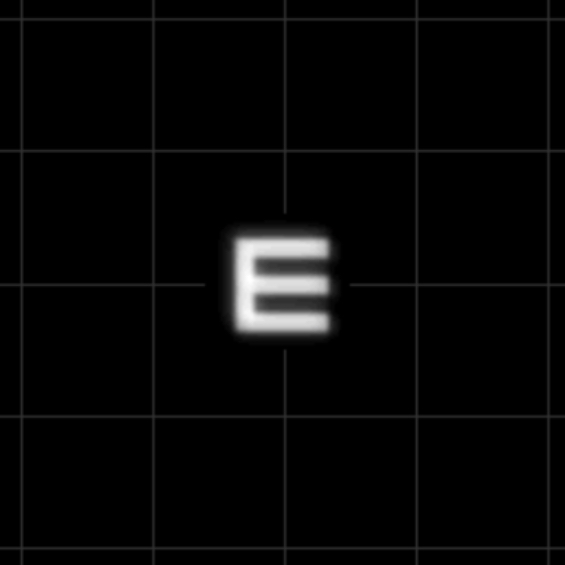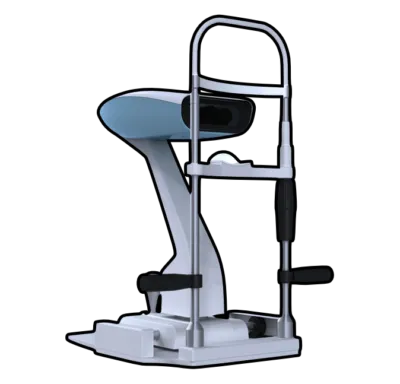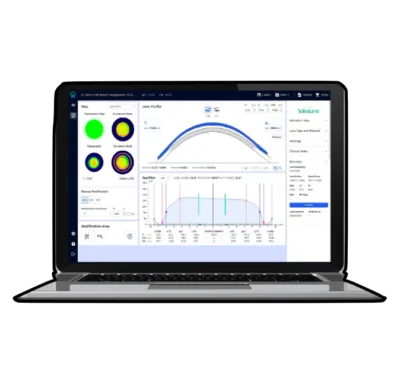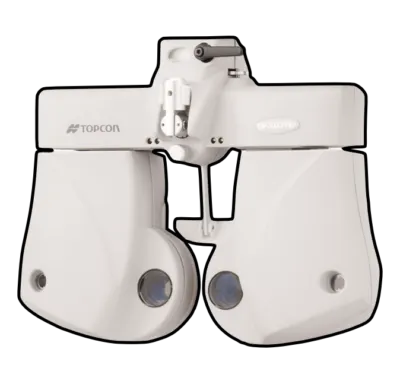We create bespoke scleral lenses matched to your unique scleral shape
We create bespoke scleral lenses matched to your unique scleral shape
We create bespoke scleral lenses matched to your unique scleral shape
What are Scleral Lenses ?
What are Scleral Lenses ?
Scleral lenses are contact lenses that rest and align with the sclera and do not touch the cornea. Because lenses do not touch the cornea, they do not rub or irritate the cornea. Furthermore, smaller corneal (or rigid gas permeable lenses) must align with the cornea in order to be comfortable. As the cornea is an irregular shape in keratoconus, this is makes it particularly difficult to achieve good comfort in more advanced cases. Modern scleral lenses are made from a breathable gas permeable material.
The main purpose of scleral lenses is to improve vision in Keratoconus or other conditions affecting the cornea that is not correctable with spectacles or soft contact lenses.
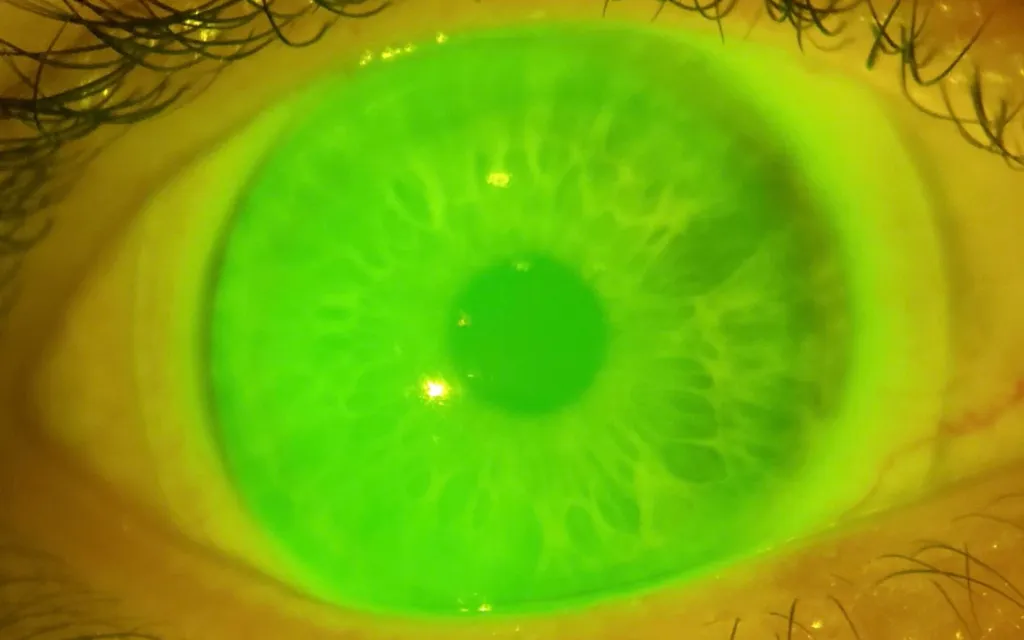
Conventional Fitting
Conventional Fitting
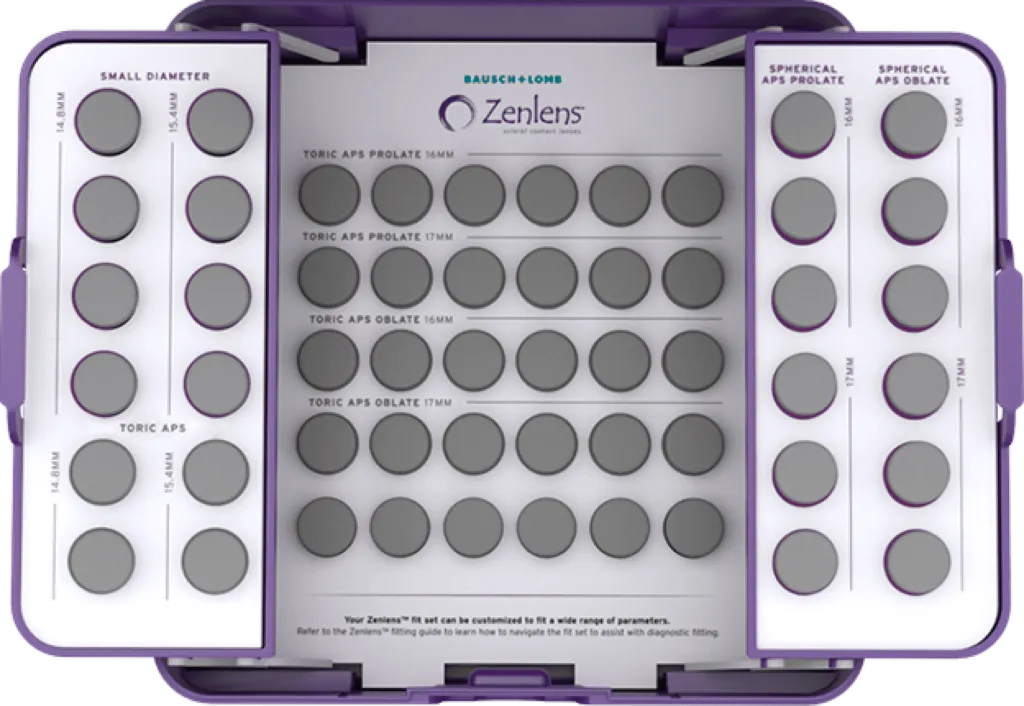
The vast majority of scleral lenses are fitted by trial and error. This involves selecting lenses from a pre-made bank of lenses, placing them on the eye and interpreting the fit. The practitioner then removes the lens and tries another until he or she feels the lens aligns with the sclera.
The drawback of this approach is that scleral lenses are fitted without ever knowing the precise shape of the sclera. When one considers the fact that scleral shape is highly variable in the population and that the sclera is quite asymmetric within an individual, it is not surprising that scleral lens fitting takes time and often results in patients complaining of discomfort, redness and lens fogging.
Digital Freeform Fitting
Digital Freeform Fitting
Why are Freeform Sclerals Different ?
Why are Freeform Sclerals Different?
1. Digital vs Trial Lens Fitting
Measuring scleral shape allows us to align the lens precisely with the scleral. This is crucial to achieve better vision, better comfort and less fogging.
Conventional scleral lenses involves fitting the lens by trial and error without knowing anything about the shape of the sclera.

2. Every Freeform Lens is Unique
Once we’ve measured the shape of the sclera, we send hundreds of thousands of data points to a 3D design software. We can then tailor individual portions of the lens to fit the shape of your eye.
Conventional scleral lenses are not customised because the scleral shape is unknown.
3. Better Vision
Using the iTrace we are able to simulate what you see with the lenses in place. Sometimes we may need to manipulate the position of the lens or change curves on the lens in order to improve vision.
With conventional lenses, the clinician fits what they feel is the best fit and then simply calculate the optical prescription to place within the lens. This can frequently result in sub-optimal vision.
